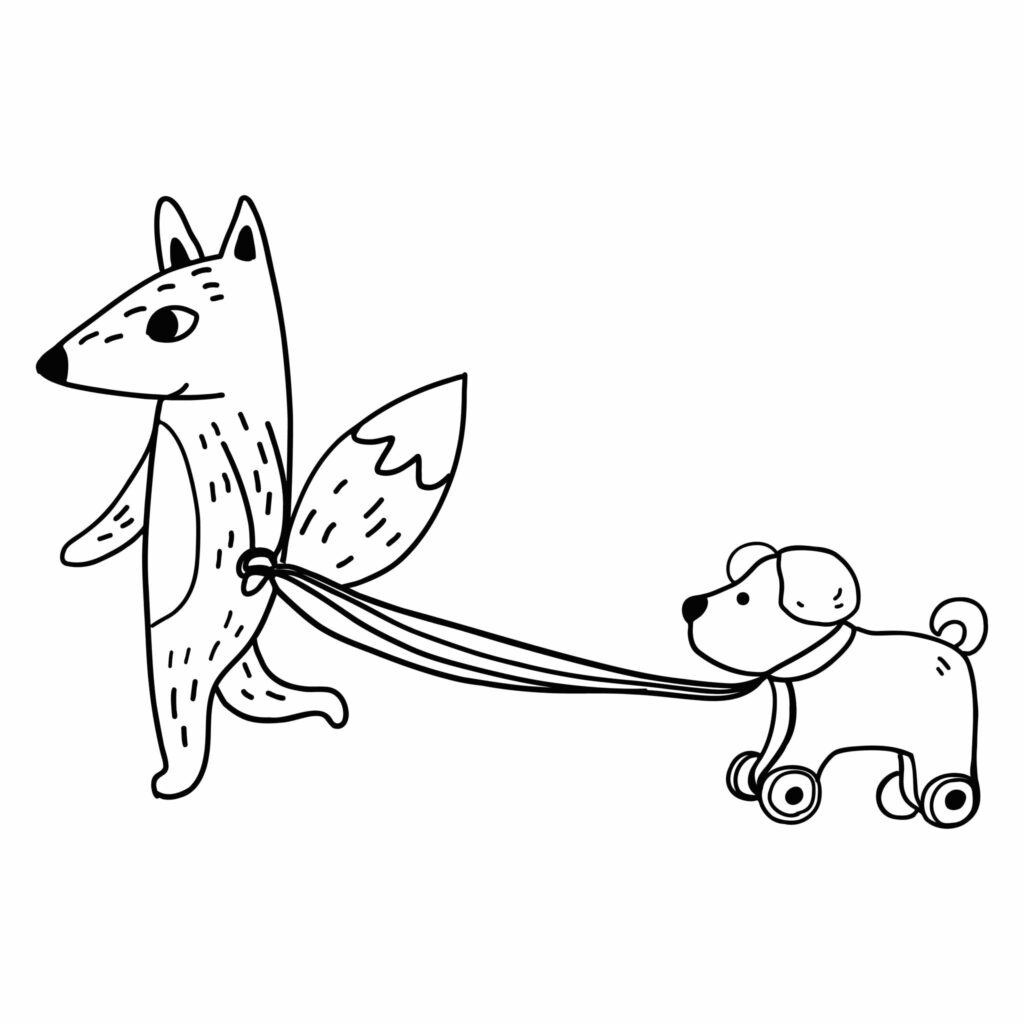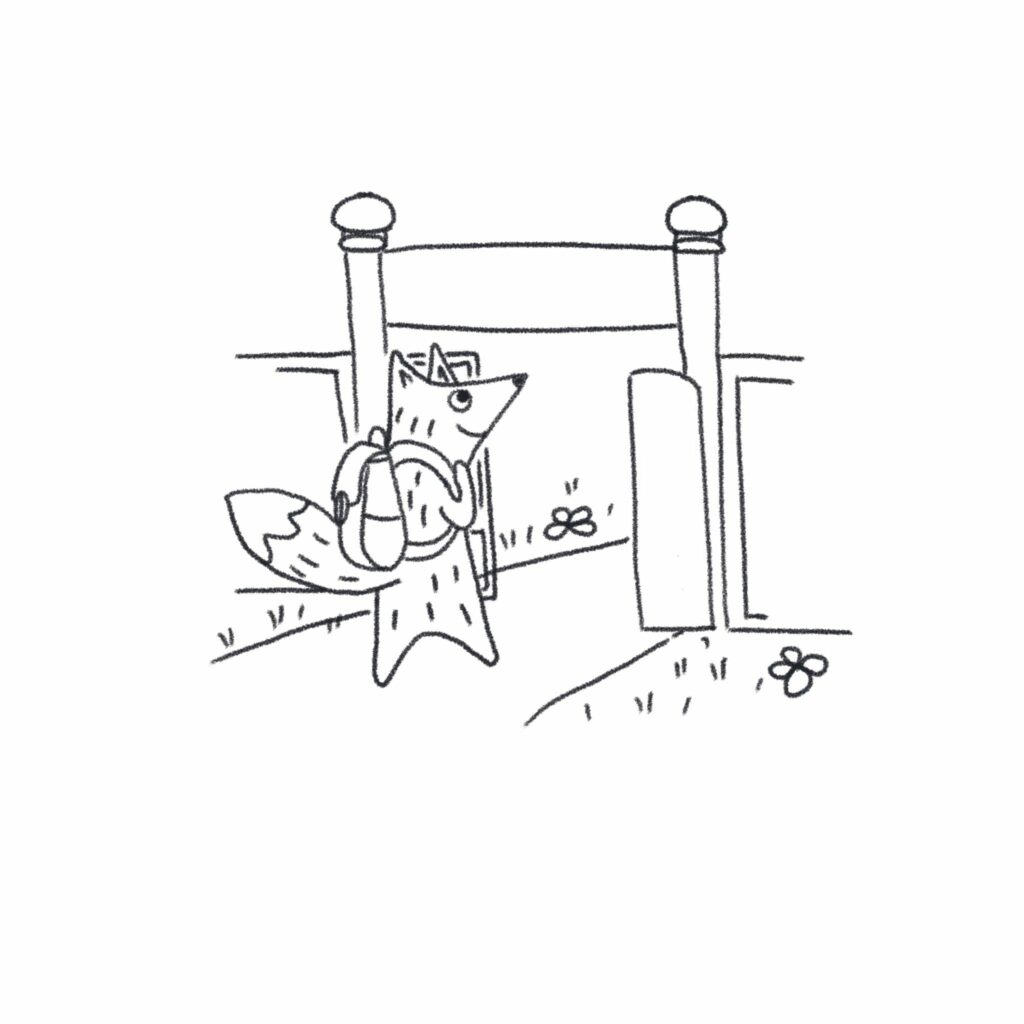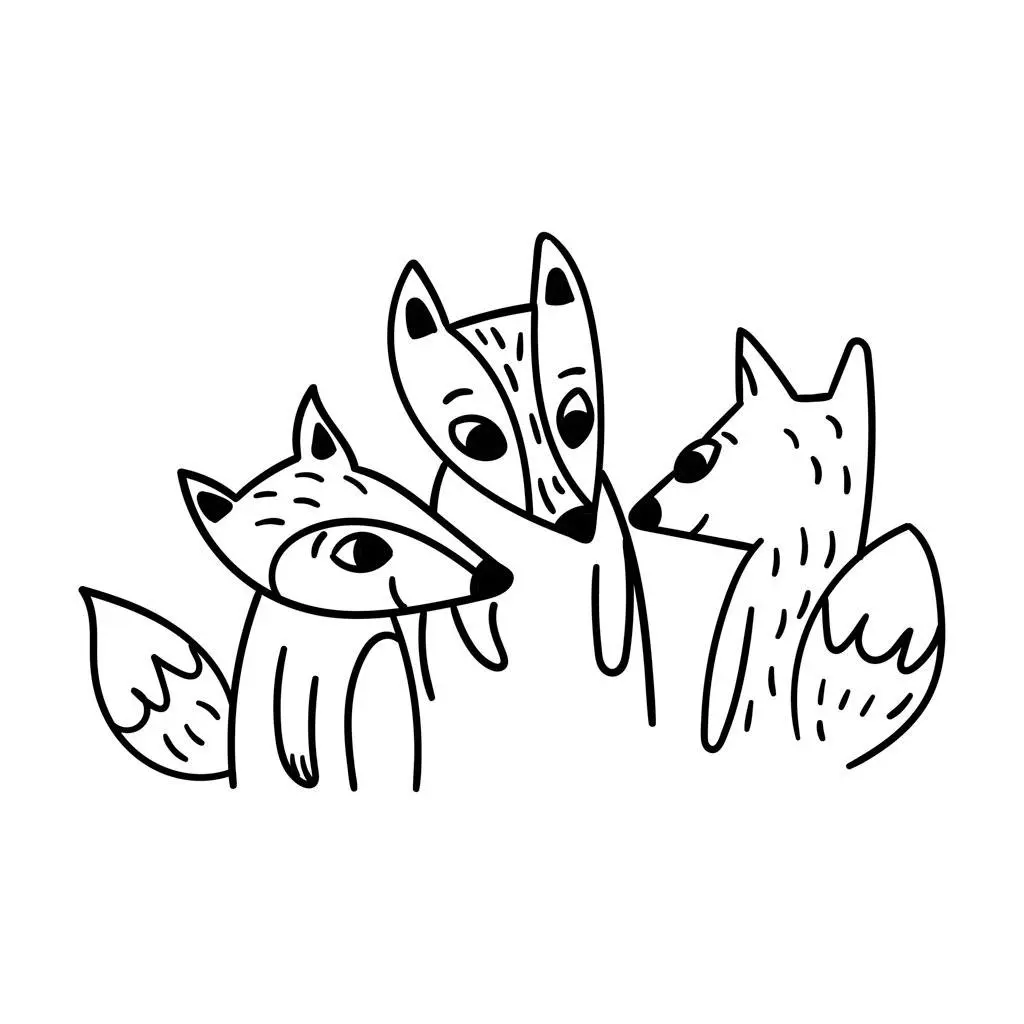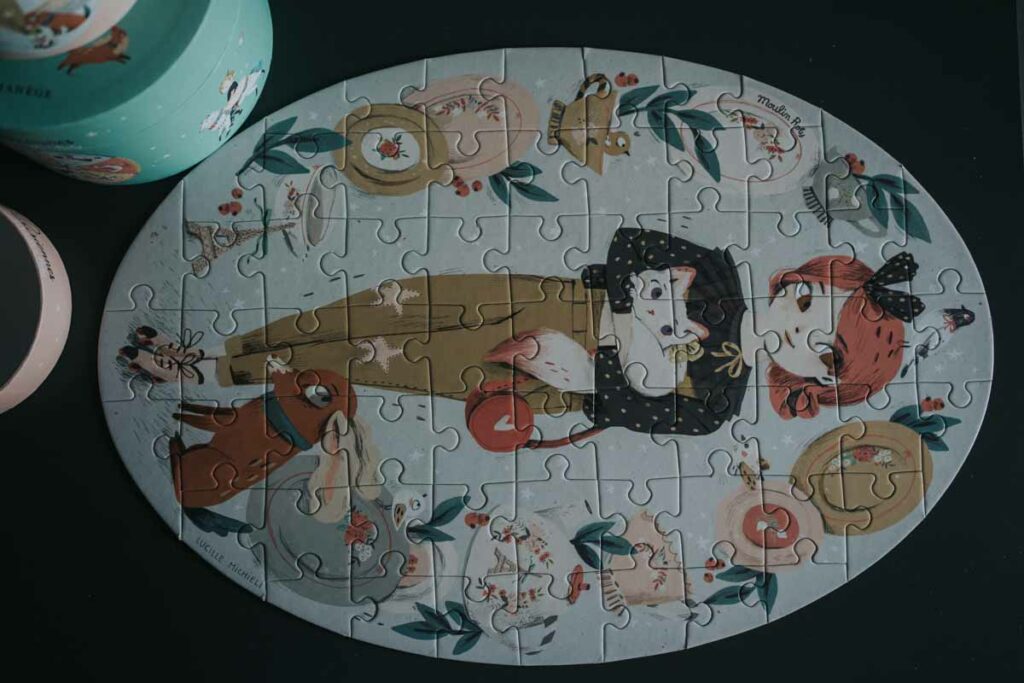Does your baby or toddler enjoy repetitive play with everyday objects? Is she less interested in ‘proper’ toys? This is functional play, the first of four types of play outlined by Sara Smilansky, a developmental psychologist who studied how play develops in young children. The rest of the series is here:
Preschoolers are happy to engage in symbolic play. A block is an ice cream, a stick is a rabbit. But before children can make these giant cognitive leaps they must first play with objects as they are. That means that the block is simply a block, to be chewed, bashed, squeezed and dropped. Children must first explore an object’s properties before they can use it more creatively. This is functional play. The object is simply what it is.
And this is why I don’t recommend many toys for children under one. A soft toy and a rattle, perhaps, but really they could be swapped for a wooden spoon from the kitchen and a balled up sock. At six months you don’t have to offer much more than a treasure basket.
Functional play is about exploring the materials, finding out what they do and how they behave. Learning that wood is hard and stable and that jelly is soft and wobbly. This kind of discovery is the work of months and years and looks a lot like destruction testing to an adult’s eye. There’s lots of repetition.
But aren’t repeated actions the result of schema play?
Yes, that’s true. There’s actually a lot of overlap. From the outside, the two types of play may look the same, but the intention is different.
You can think of the difference like this: schema play tests concepts (like trajectory or rotation) and functional play tests objects (like blocks). You can learn about trajectory by throwing a block. But you can also learn about it by throwing a button. That’s schema play. But when you engage in functional play you are investigating all the different kinds of things you can do with a block.
This is one of the reasons all the different types of play can seem confusing. It’s like drawing a Venn diagram. What falls inside one circle and not the other depends on how you label them. No one theory is better than another. They simply come at play from different angles.
Functional play happens during the sensorimotor stage (0 – 2 years) when children explore the world through trial and error, using their senses and simple movements. It is a time when they are learning how to use their bodies so functional play goes hand in hand with fine and gross motor development. All that repetition strengthens the body and improves coordination.
How does all this theory help me set up activities for my child?
Counterintuitively, the best way to do this is to understand what comes next. The second stage of play is constructive play. By this point your child understands what the materials can do and she becomes interested in creative ways to use them. Functional play is everything that happens before this time. If the activity requires creativity or symbolic play, you’ve pitched it too high.
Here are some suggestions:
- Lift flaps
- Unscrew lids
- Place, pile and bash blocks (rather than build with them).
- Wrap and hide objects in fabric
- Roll balls
- Splash in the bath
I hope you can see that the above are simply everyday objects and activities. No toys, just lots of exploration.
Knowing that the constructive play stage comes next keeps your focus on the here and now, the objects in front of you and their immediate uses. Puppets, puzzles and construction materials are of no use to a child in this first stage. Give a puzzle to a six-month-old and she will chew it, bash it and try to post the pieces into holes. She is exploring its function.




